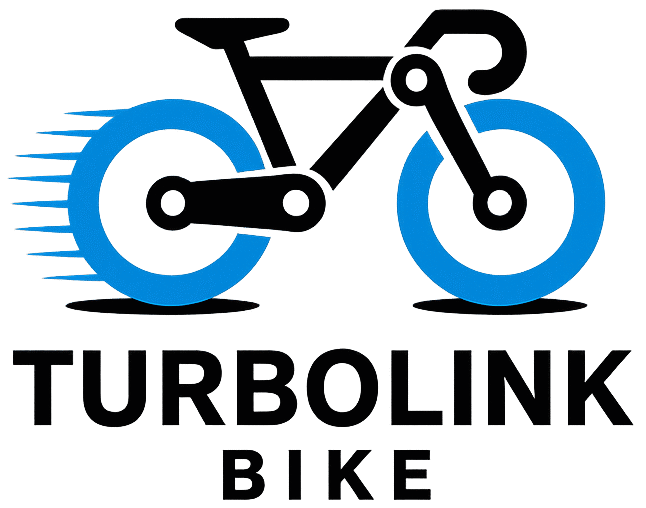Best Electric Bikes of 2025: Top Picks for Every Rider
Best Electric Bikes of 2025: Introduction

Let’s be honest—if you’ve made it here, you’re already considering swapping pedal power for something a bit… turbocharged. Maybe it’s the daily grind of your commute, maybe it’s the uphill battles that leave your legs questioning your life choices, or maybe, just maybe, you’re chasing that sweet thrill of cruising past traffic with a smug little smile. Whatever your reason, the search for the best electric bike in 2025 probably has you knee-deep in specs, battery talk, and conflicting Reddit threads.
And that’s where things get murky.
See, the e-bike market today is a wild ride—booming brands, sketchy Amazon listings, and enough acronyms to make your head spin. What’s a “class 2 hub-drive with a 750W throttle” even mean for your lifestyle? More importantly—what’s the difference between the $1,200 model your friend swears by and the $3,800 one with glowing YouTube reviews?
That’s exactly what this guide clears up.
We’ve combed through this year’s top contenders—tested, compared, and reality-checked them—to help you find the electric bike that actually fits your daily life, not just your dreams. Whether you’re commuting across town, hauling kids, hitting gravel trails, or just trying to make biking feel fun again, there’s an option here with your name on it.
Let’s break it all down—without the jargon, hype, or hidden tradeoffs. Just real talk, real bikes, and real advice.
How to Choose an Electric Bike in 2025

Choosing an electric bike in 2025 isn’t just about picking the one with the coolest frame or the longest range. It’s about matching a machine to the rhythms of your life — and avoiding the classic post-purchase regret spiral. (You know the one: “Maybe I should’ve gone for the mid-drive…”)
Here’s the breakdown that cuts through the noise.
Know Your Motor: Hub-Drive vs. Mid-Drive
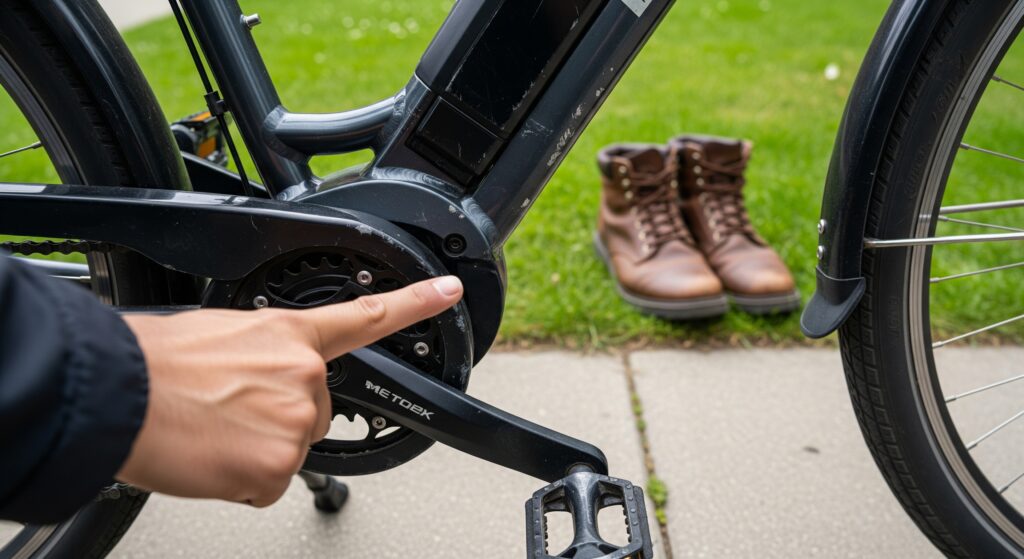
Most entry-level bikes use hub motors—they’re affordable, simple, and tucked in the wheel. But if you’re looking for a ride that feels more like natural pedaling (especially uphill), mid-drive motors are where it’s at. They power the crank instead of the wheel, offering better balance and performance — especially on hills or trails.
Quick rule of thumb:
- Flat city cruising? Hub is fine.
- Hills, trails, or cargo loads? Mid-drive, 100%.
Understand E‑Bike Classes
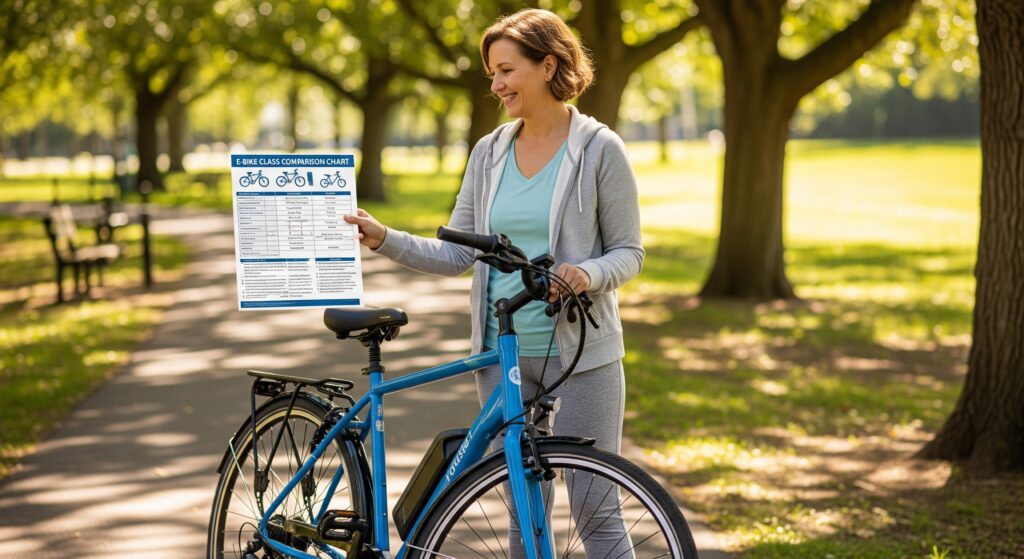
This is where many new riders trip up. There are three e-bike classes in the U.S.:
- Class 1: Pedal-assist only (up to 20 mph). Allowed nearly everywhere.
- Class 2: Pedal-assist + throttle (still capped at 20 mph). Also widely legal.
- Class 3: Pedal-assist only, up to 28 mph. Faster—but often limited on bike paths.
Not all states treat these the same. So if you’re commuting, check your local laws before dropping a few grand on a Class 3 speedster.
Fit and Frame Style
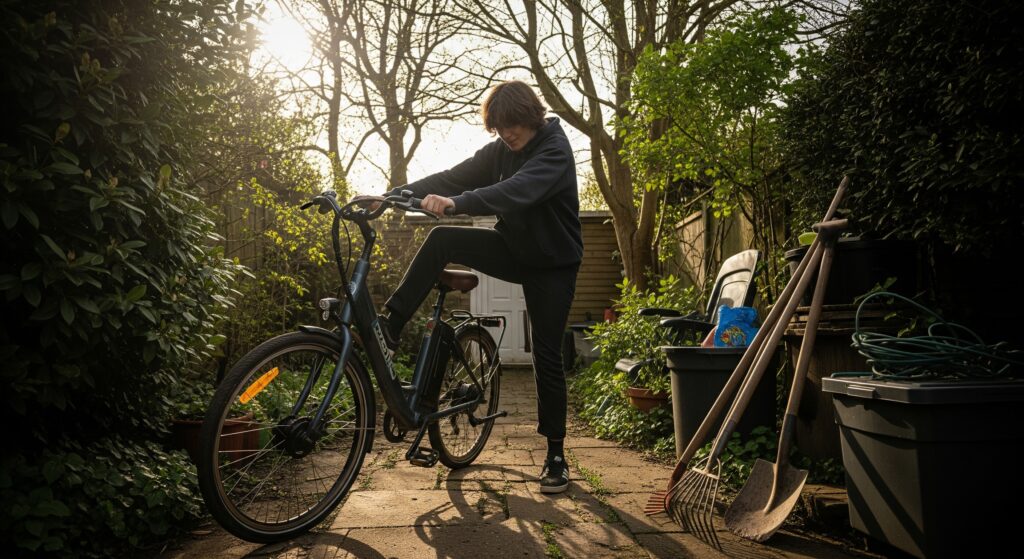
You wouldn’t wear shoes two sizes off — and yet, too many people buy bikes they can’t actually ride comfortably. Whether it’s step-through frames for ease or drop bars for sportier vibes, the right geometry makes or breaks daily use.
Battery, Range, and Charging
This is where the real-life tradeoffs hit.
- Range: A 40-mile “claimed range” might mean 25 miles with wind, hills, and your backpack. Be skeptical.
- Battery: Removable is better — easier to charge indoors and less theft-prone.
- Charging time: Plan for 4–6 hours. Quick chargers exist, but they cost extra.
What’s the best type of e-bike for beginners?
If you’re new to e-bikes, go with a Class 1 or 2 commuter-style model with a removable battery, 40+ mile range, and upright geometry. These are easiest to adapt to, widely legal, and more comfortable for daily use.
Top Electric Bikes for Every Need in 2025
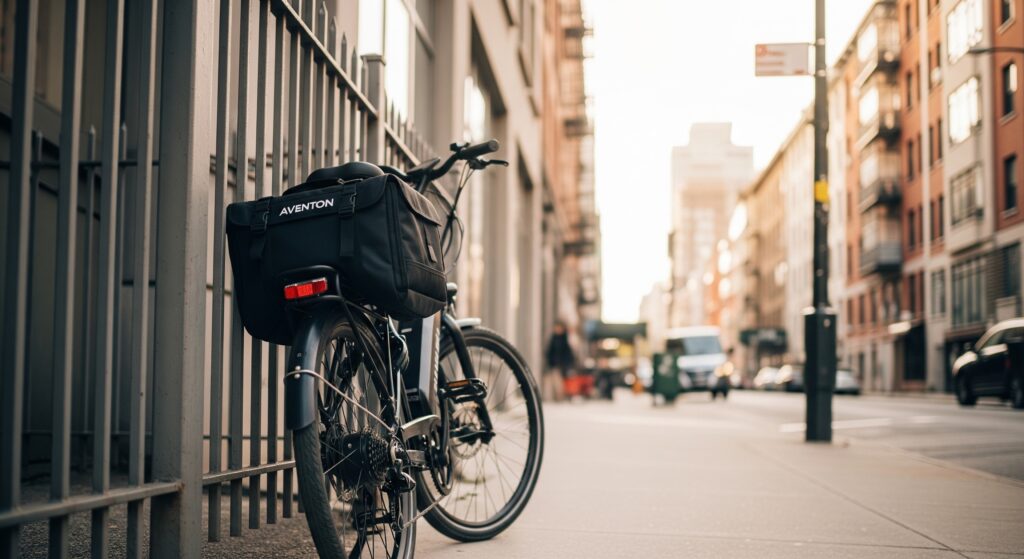
Let’s cut to the chase: there’s no one-size-fits-all best e-bike. What is best totally depends on how (and where) you ride. So instead of tossing 16 bikes into one giant, confusing list, here’s a curated breakdown by use case — real-life categories based on how people actually ride.
Best Commuter E-Bike: Aventon Level.2
- Why it wins: This bike hits the sweet spot—affordable, sleek, and feature-packed. Integrated lights, fenders, a rear rack, and torque-sensing pedal assist make it a legit car replacement.
- Specs to know: 500W motor, 28mph top assist speed (Class 3), 60-mile range, removable battery.
- Best for: Daily urban riders who want speed and comfort without looking like they’re training for the Tour de France.
BTW: The Aventon app lets you tweak assist levels and track rides—cool bonus.
Best Budget E-Bike: Ride1Up Core-5
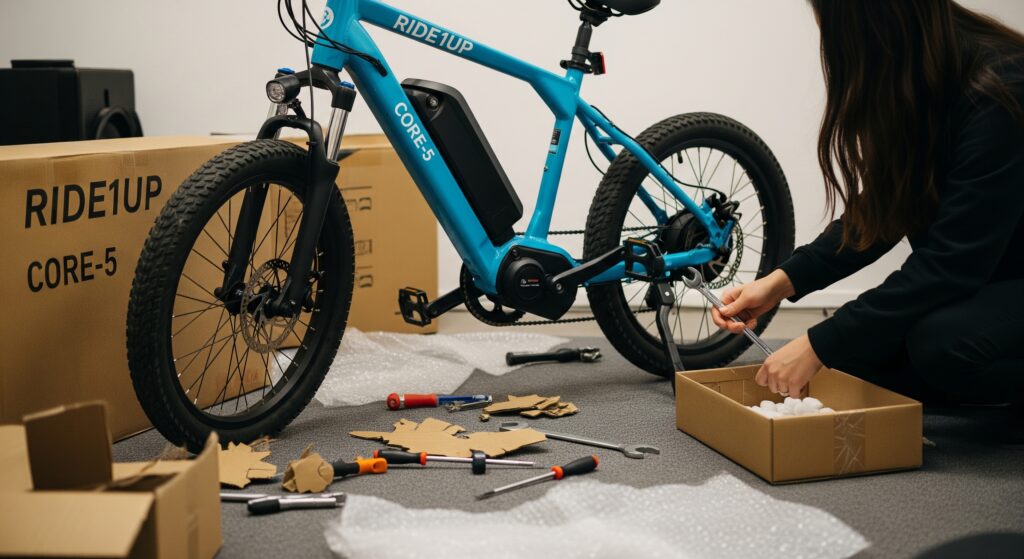
- Why it wins: You won’t find many legit bikes under $1,300 that don’t feel like toys. The Core-5 looks and rides like a “real bike,” with solid parts and stealthy aesthetics.
- Specs: 750W motor, 20mph top assist, 30–40 mile range.
- Best for: Cost-conscious commuters who want value without sacrifice.
Human moment: Assembly might take longer than advertised—set aside a weekend afternoon.
Best Folding E-Bike: Lectric XP 3.0
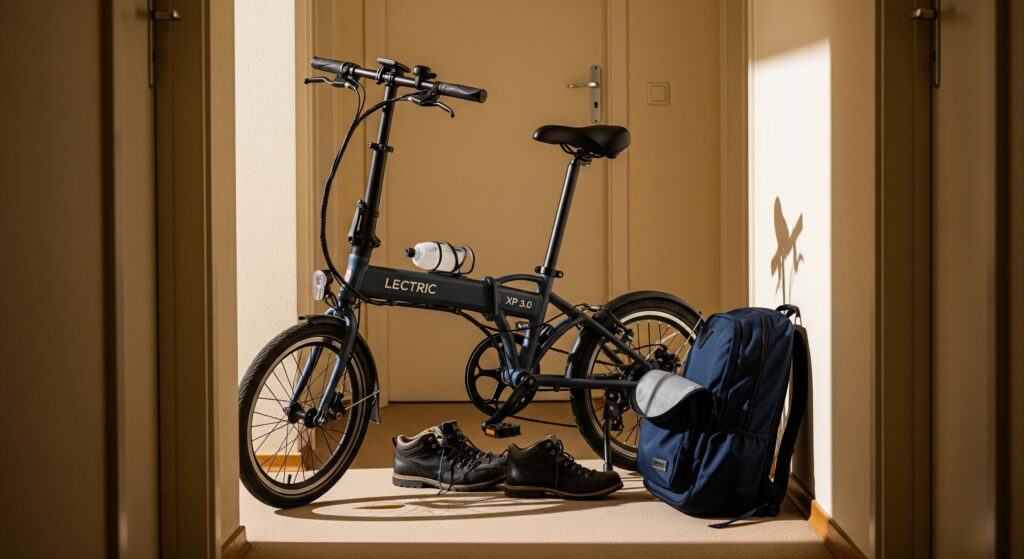
Why it wins: It folds, it hauls, and it crushes short commutes. Also? It’s surprisingly fun. Like, grin-level fun.
Specs: 500W motor, 20mph assist, ~45 miles per charge, front suspension.
Best for: Apartment dwellers, RVers, or anyone with zero garage space.
Best Cargo/Utility E-Bike: Rad Power RadWagon 5
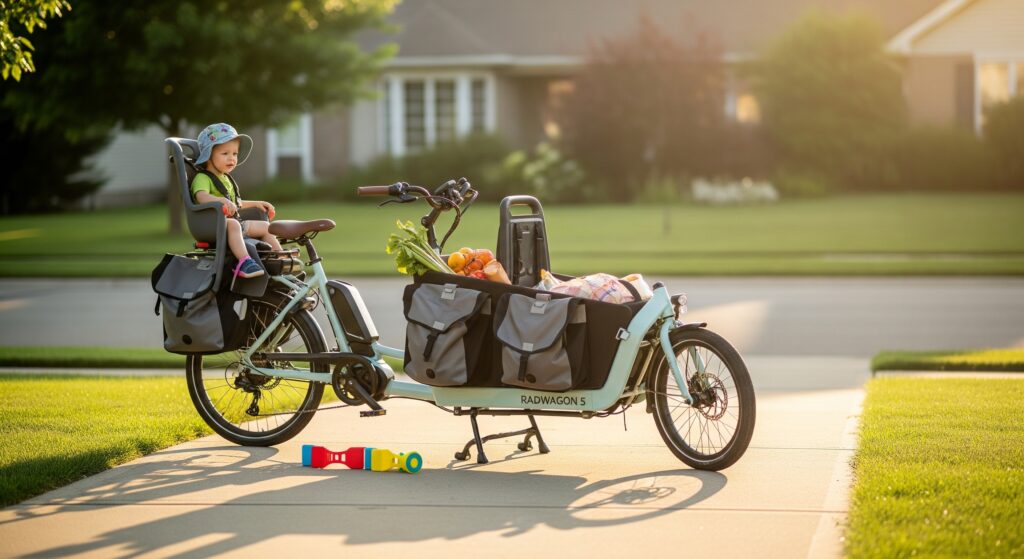
- Why it wins: Redesigned for 2025, this beast can carry groceries, kids, or even your dog—with smoother handling and a lower center of gravity than older models.
- Specs: 750W motor, dual battery option, 350lb payload capacity.
- Best for: Families, delivery workers, anyone replacing car trips.
Pro tip: Budget for accessories—passenger seats, baskets, etc., sold separately.
Best Off-Road E-Bike: Specialized Turbo Tero X 4.0
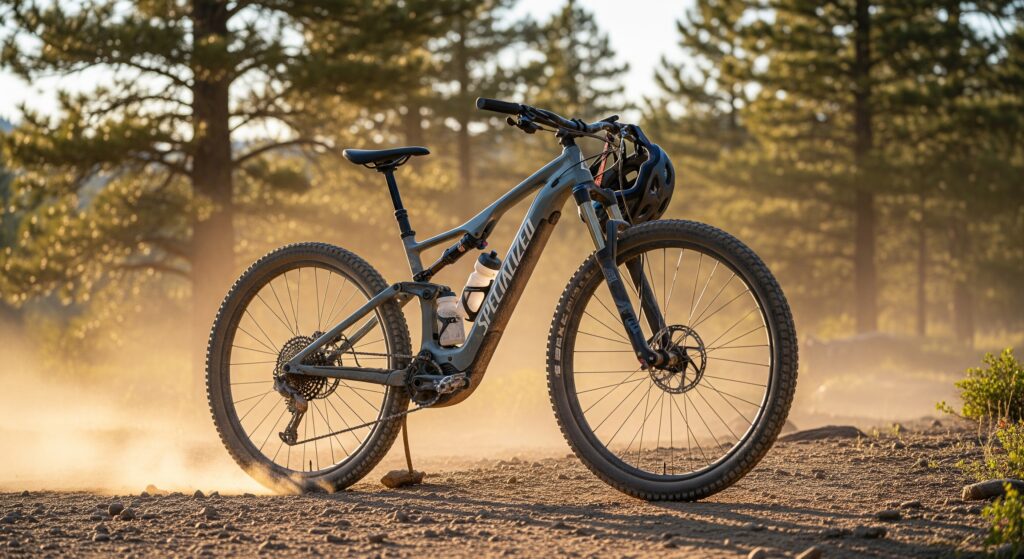
- Why it wins: It’s basically a mountain goat with a motor. Built tough, full-suspension, and equipped with a serious mid-drive setup.
- Specs: 250W mid-drive, 90Nm torque, 530Wh battery, 60-mile range.
- Best for: Trail riders who want pedal-assist to hit new terrain (and new heights).
Best Long-Range E-Bike: Trek Allant+ 9.9S
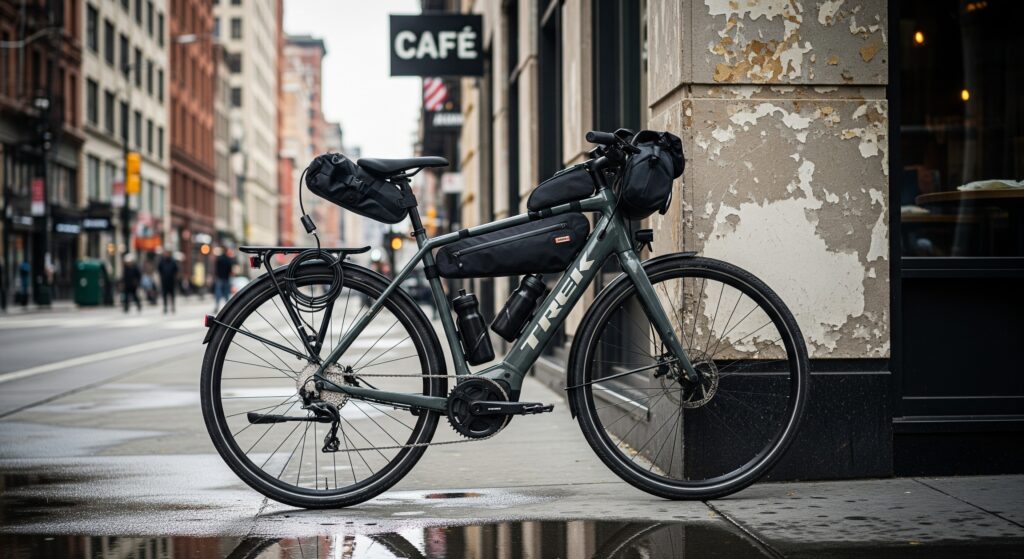
- Why it wins: Premium price, premium feel. Bosch mid-drive motor and a 625Wh battery take you farther, faster—without rattles or range anxiety.
- Specs: Class 3, 28mph, ~70 miles per charge.
- Best for: Hardcore commuters, e-bike touring, or anyone chasing mileage over budget.
Can one e-bike fit all use cases?
Not really. A folding e-bike won’t feel great on trails, and a cargo bike isn’t fun to lug upstairs. Prioritize your most common ride scenario—you can always accessorize or upgrade later.
Maintaining & Servicing Your E-Bike
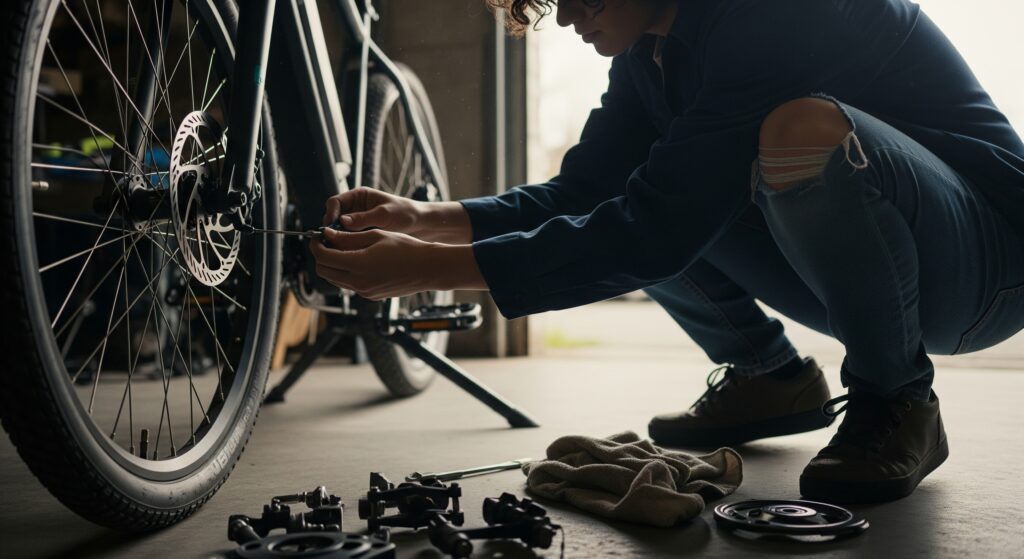
So, you bought your dream electric bike. It’s fast. It’s fun. It makes you feel like a superhero on two wheels. But a few months in, something starts to rattle. Or the motor feels weird. Or the battery isn’t holding charge like it used to. And suddenly, you realize… this isn’t just a bike. It’s a machine. A very specific, high-tech, potentially hard-to-fix machine.
Welcome to the part nobody talks about enough: servicing and maintaining your e-bike.
Who’s Going to Fix It?
This is the big one—especially if you bought online. Many direct-to-consumer (DTC) brands have amazing prices, but little to no local service support. That means you might become the mechanic… or pay a lot to find one.
- Local bike shop friendly brands: Trek, Specialized, Giant, Electra
- DIY or limited support: Aventon, Ride1Up, Rad Power (depends on your city)
Pro tip: Before you buy, call your local shop and ask, “Do you service [brand] e-bikes?” The answer may steer your whole purchase.
Battery Care = Range Longevity
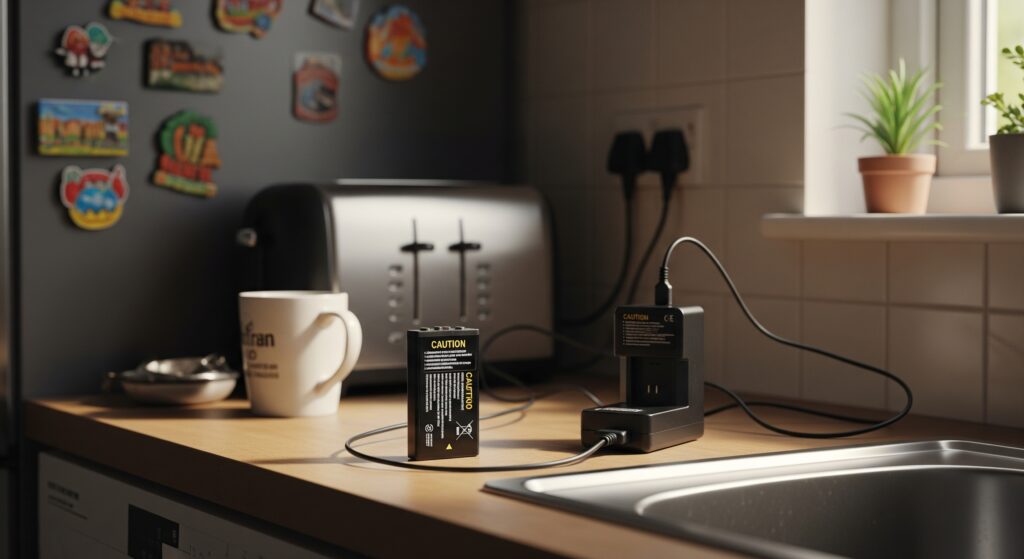
Lithium-ion batteries degrade—there’s no avoiding it. But how fast they fade depends on how you treat them.
- Don’t store fully drained or fully charged for long periods.
- Charge indoors, ideally at room temperature.
- Use the charger from the brand, not some Amazon knockoff.
If your bike has a removable battery, store it separately during winter. Extreme cold tanks battery life fast.
Routine TLC: What You Have to Do
Even the best e-bikes need regular love:
- Tires: Check weekly. E-bikes are heavier—flats happen faster.
- Brakes: Pads wear quicker due to higher speeds and weight.
- Chain: Clean + lube every 100–200 miles.
- Firmware: Some bikes require app updates or diagnostic scans (yeah, that’s a thing now).
What’s the average annual maintenance cost for an e-bike?
Expect around $100–$300 per year, depending on mileage and local labor rates. Add $500+ if your battery needs replacing after 2–4 years.
Legal & Practical Considerations for E-Bike Riders
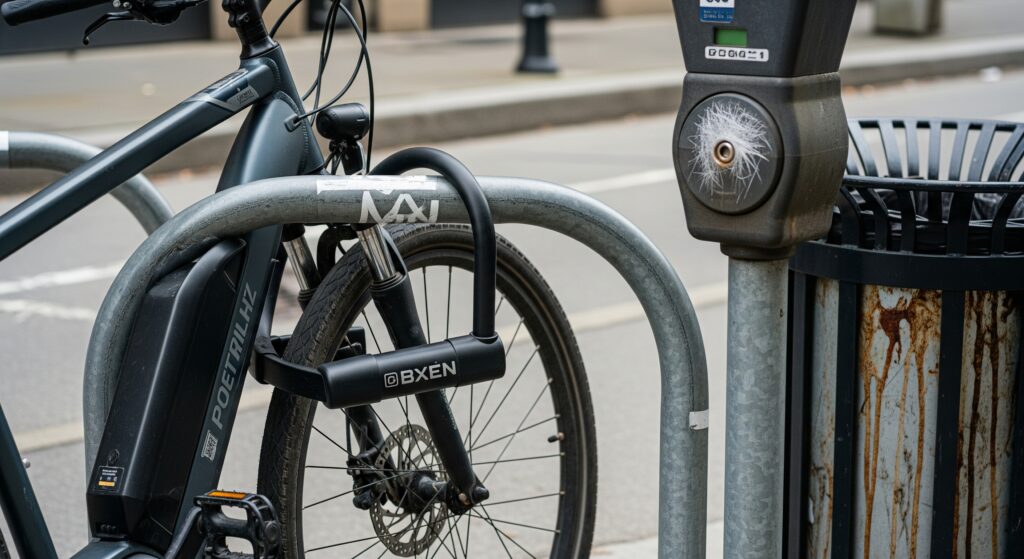
Here’s the part that feels a bit less fun… but ignore it, and you might end up with a ticket, a stolen battery, or a bike that’s technically illegal on your commute route.
Electric bikes live in this weird limbo: not quite bicycles, not quite mopeds. That means the laws — and the day-to-day realities — can surprise you.
Know Your Local Laws
In the U.S., e-bikes fall into three classes (Class 1, 2, 3). Most states now use this system, but not all:
- Class 1 (pedal assist, 20mph) is usually legal on most bike paths.
- Class 2 (with throttle, 20mph) is fine in many places, but some cities restrict it.
- Class 3 (pedal assist, 28mph) is often banned from bike trails or paths, especially near schools or parks.
Some cities even require helmets or ban certain classes in high-traffic zones. If you’re in Europe or Canada, the rules shift again — wattage limits, age restrictions, and licensing laws vary.
TL;DR: Look up your state and city laws before you buy. Google: “[your city] e-bike laws 2025.”
Theft Is Still a Huge Problem
E-bikes are expensive and tempting. And thieves know what they’re doing.
- Removable battery? Always take it with you.
- U-lock + cable: Bare minimum. For urban areas, consider a GPS tracker like an AirTag or Boomerang.
- Insurance: Your homeowner’s policy may not cover e-bikes. Check. Many riders use Velosurance or Oyster.
And yes, people will steal just the battery if it’s left on.
Storage, Weather, and Travel
- E-bikes are heavier—30–70 lbs. Not easy to carry upstairs or fit on all bike racks.
- Rain? Most are water-resistant (IP65+), but don’t store them outside uncovered.
- Air travel? Forget it. You can’t fly with lithium batteries over 100Wh.
If you plan to use your e-bike year-round, consider indoor storage or at least a waterproof tarp + battery removal in winter.
Do I need insurance for my e-bike?
Not legally (in most places), but yes, you probably should. Theft, damage, or liability from an accident could cost far more than a $100/year policy. Some auto insurers offer add-ons for e-bikes now.
Real Rider Stories & Common Frustrations

Here’s the thing: every e-bike looks like a dream on paper. Until you ride it. Daily. In the rain. With groceries. Or forget to charge it before an early meeting.
So instead of just selling you the upside, let’s walk through the stuff real riders complain about — the annoying, the unexpected, the “why didn’t anyone warn me?” moments. Because the best electric bike isn’t the one with the most watts — it’s the one that fits into your actual life without creating new problems.
“Battery Anxiety Is Real”
You check your charge the night before. 70%. Fine. But you ride to work, detour to a friend’s place, head uphill on the way home — and now it’s flashing red. You’re pedaling 65 lbs of bike with no assist. It’s not fun.
What riders wish they knew:
- Range estimates are optimistic.
- Hills, wind, and weight cut range fast.
- Charging “just in case” becomes a daily ritual.
“I started carrying my charger to work. I feel like I babysit this thing.” — Alyssa, Portland
“Assembly Took Way Longer Than I Expected”

Many budget e-bikes come 85% assembled. But that last 15%? It’s not for the faint of heart.
Frustrations include:
- Misaligned disc brakes
- Loose headsets
- Weird pedal threading
- Missing tools or vague manuals
“They said 30 minutes. It took me four hours and a YouTube rabbit hole.” — Marcus, Atlanta
“It Doesn’t Fit in My Life”
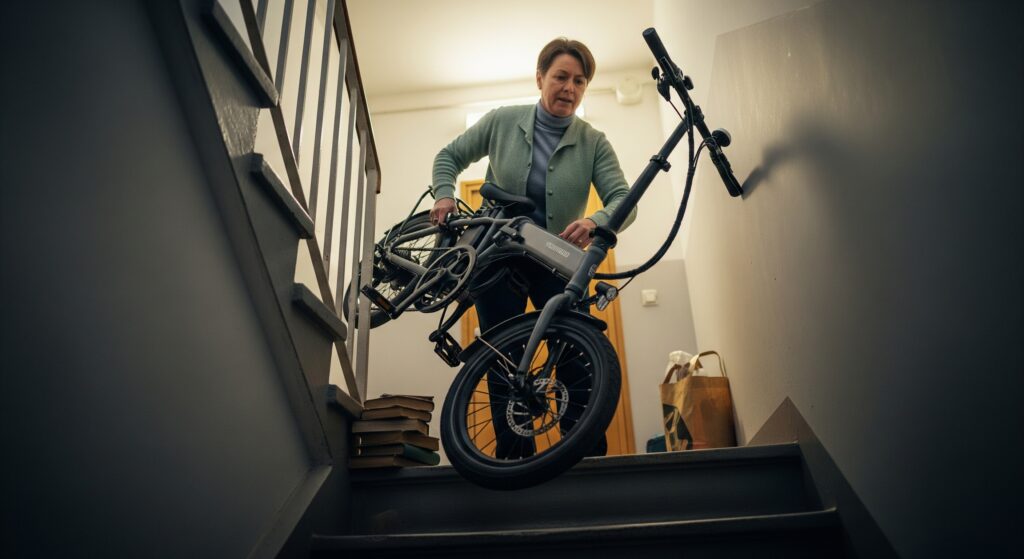
You love the bike, but…
- There’s nowhere to store it indoors.
- It doesn’t fit your office bike rack.
- You didn’t realize how hard it is to lift 60+ lbs into a second-floor apartment.
“If I’d known how heavy it was, I’d have paid more for a lighter frame.” — Jess, NYC
“People Stare. A Lot.”
Riding an e-bike in some places still feels… controversial. Riders report being yelled at, questioned, or given side-eye by traditional cyclists or pedestrians.
It’s getting better. But the culture shift is still catching up to the technology.
What do most new e-bike owners regret?
Top regrets include underestimating storage needs, buying too much bike (power-wise), and choosing models with limited local service. Always prioritize fit and usability over specs or flash.
Frequently Asked Questions About E-Bikes
How long do e-bike batteries last?
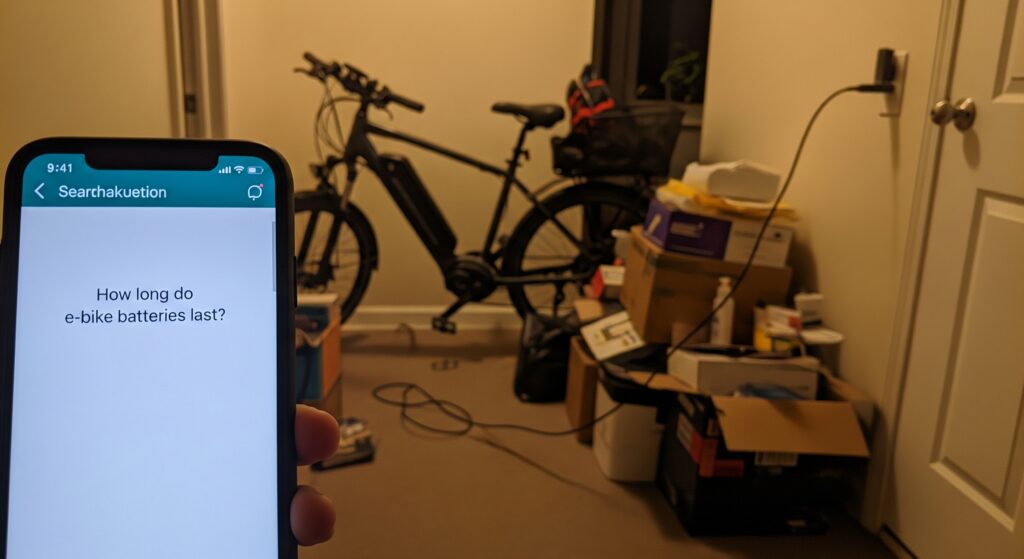
Most lithium-ion e-bike batteries last between 2 to 5 years or 500 to 1,000 full charge cycles. After that, expect reduced range. You won’t suddenly go from 40 miles to 5 overnight — but you will notice it tapering off.
Tip: Store batteries around 60% charge when not in use long-term to slow degradation.
Can I ride an e-bike in the rain?
Yes — most are water-resistant, not waterproof. Look for an IP rating of at least IP65 if you plan to ride in wet conditions. But avoid submerging any part of the motor or battery.
Also: always dry off connectors and charging ports after a wet ride.
What happens if the battery dies mid-ride?
You can still pedal like a regular bike… but it’ll feel heavier and slower — especially on hills. Think: towing a trailer with flat tires. Not fun.
TL;DR: Plan your rides around range, or keep your charger handy.
Do I need a license to ride an e-bike?
In most U.S. states, no license is required for Class 1 or 2 e-bikes. Class 3 bikes may have local restrictions. In Europe and some parts of Canada, licensing and helmet laws can be stricter.
Always check local laws — especially if your bike goes over 20mph.
Can I bring my e-bike on public transit?
Sometimes — it depends on the transit system. Folding e-bikes have the best odds. But larger bikes or those with non-removable batteries may be restricted, especially on trains or ferries.
Call ahead or check the transit website for e-bike policies.
Conclusion: Find the E-Bike That Fits You
If there’s one thing this guide should leave you with, it’s this: the best electric bike isn’t just about the highest range or the flashiest frame. It’s the one that fits your life — your commute, your body, your neighborhood, your habits, even your quirks.
Because e-bikes aren’t just bikes. They’re freedom machines. For some, they replace a car. For others, they make impossible hills possible. And for many, they bring joy back to movement in a way that’s hard to explain… until you feel it.
Just don’t rush the decision. Try a few if you can. Think about where it’ll live, who will service it, and how much mental space you’re willing to give to things like charging, locking, and maintenance.
And remember: the e-bike world is only getting better. Batteries are improving, prices are stabilizing, and support is expanding. So if it doesn’t feel perfect now — you’re not late. You’re actually right on time.
